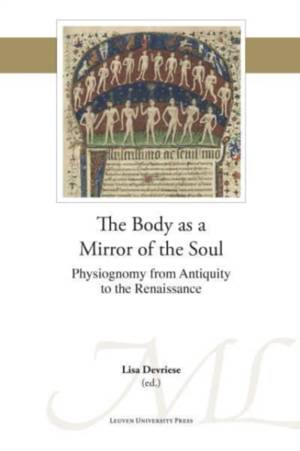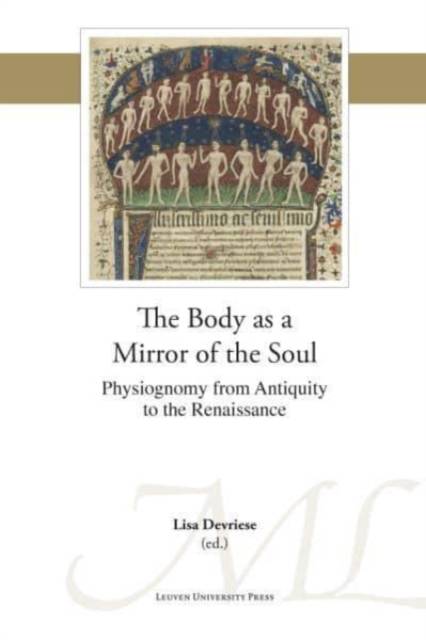
- Afhalen na 1 uur in een winkel met voorraad
- Gratis thuislevering in België vanaf € 30
- Ruim aanbod met 7 miljoen producten
- Afhalen na 1 uur in een winkel met voorraad
- Gratis thuislevering in België vanaf € 30
- Ruim aanbod met 7 miljoen producten
The Body as a Mirror of the Soul
Physiognomy from Antiquity to the Renaissance
Omschrijving
The idea of the body as a mirror of the soul has fascinated mankind throughout history. Being able to see through an individual, and drawing conclusions on their character solely based on a selection of external features, is the subject of physiognomy, and has a long tradition running well into recent times. However, the pre-modern, especially medieval background of this discipline has remained underexplored. The selected case studies in this volume each contribute to a better understanding of the history of physiognomy from antiquity to the Renaissance, and offer discussions on unedited treatises and on the application, development, and reception of this field of knowledge, as well as on visual sources inspired by physiognomic theory.
Contributors: Enikő Békés (Hungarian Academy of Sciences), Joël Biard (University of Tours), Lisa Devriese (KU Leuven), Maria Fernanda Ferrini (University of Macerata), Christophe Grellard (École Pratique des Hautes Études), Luís Campos Ribeiro (University of Lisbon), Maria Michela Sassi (University of Pisa), Oleg Voskoboynikov (Higher School of Economics Moscow), Steven J. Williams (New Mexico Highlands University), Joseph Ziegler (University of Haifa), Gabriella Zuccolin (University of Pavia)
Specificaties
Betrokkenen
- Uitgeverij:
Inhoud
- Aantal bladzijden:
- 260
- Taal:
- Engels
- Reeks:
- Reeksnummer:
- nr. 50
Eigenschappen
- Productcode (EAN):
- 9789462702929
- Verschijningsdatum:
- 15/11/2021
- Uitvoering:
- Paperback
- Formaat:
- Trade paperback (VS)
- Afmetingen:
- 156 mm x 234 mm
- Gewicht:
- 331 g

Alleen bij Standaard Boekhandel
Beoordelingen
We publiceren alleen reviews die voldoen aan de voorwaarden voor reviews. Bekijk onze voorwaarden voor reviews.










